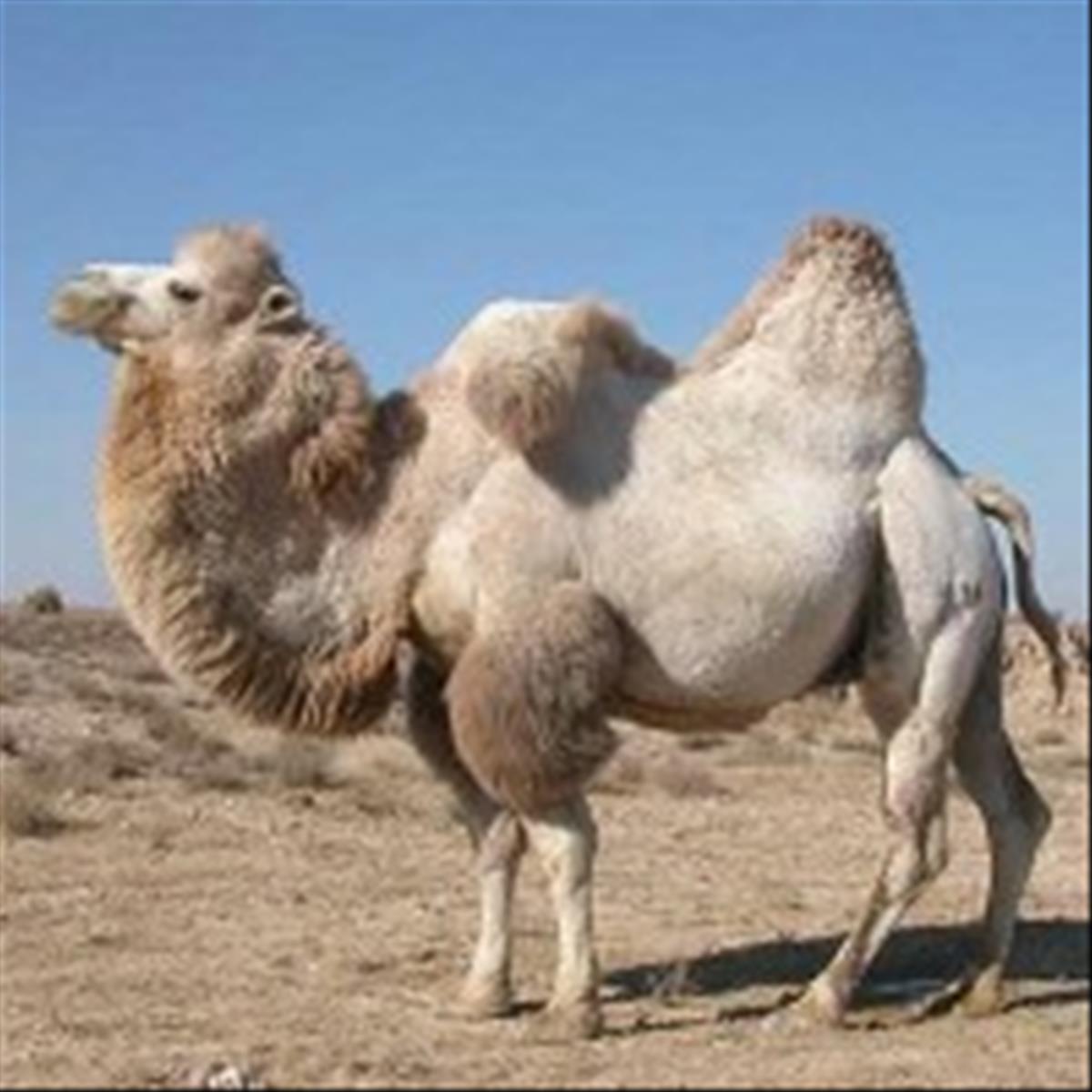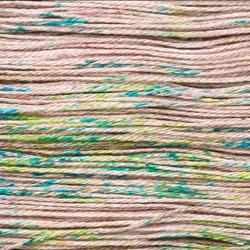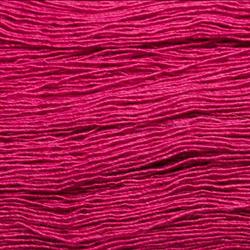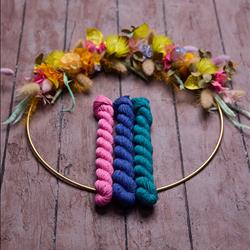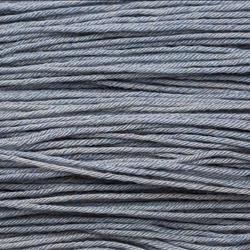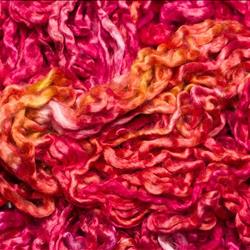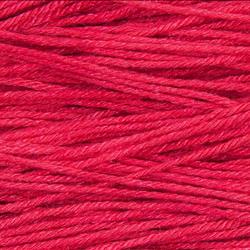Camel
We distinguish two main groups in the camelid family: the smaller South American varieties, such as the lamas and vicunas and the large Asian species to which belong the dromedary with one hump and the BACTRIAN CAMEL with two humps.
They measure about 6,5 ft (2 m) at the hump and weigh up to 1540 lbs (700 kg). These good-natured mammals are herbivores, which are able to eat thorny desert plants and drink up to 50 gallons (200 litres) in 15 minutes. Contrary to the common belief, it is not water but fat that is stored in the two humps. If the humps become flabby or shrink, it is a sign of poor nutritional condition. Camels are pacers, moving alternately both feet on one side in a swinging motion, giving them the nickname “ship of the desert. Because of the special construction of their feet, they don't sink in the sand.
Camels were domesticated sometime before 2500 BC. Today, the estimated 1.4 million Bactrian Camels are domesticated. The remaining estimated number of 950 living in the wild in northwest China and Mongolia were placed on the critically endangered species list in 2002.
For centuries, nomads used camels as packing animals, for agricultural chores and for transportation. They were the main source of milk, meat hides and of course, very soft fibres. In some places, camels are valued as racing animals.
Camels shed in spring and grow a new coat in autumn. Their coat consists of a coarse top coat and a soft downy undercoat. The colours vary from the typical camel-colour to caramel to a light cream and can be almost black. Camel down, which does not felt easily, is usually 1-3 inches long with a micron count of about 15-22 microns.
They measure about 6,5 ft (2 m) at the hump and weigh up to 1540 lbs (700 kg). These good-natured mammals are herbivores, which are able to eat thorny desert plants and drink up to 50 gallons (200 litres) in 15 minutes. Contrary to the common belief, it is not water but fat that is stored in the two humps. If the humps become flabby or shrink, it is a sign of poor nutritional condition. Camels are pacers, moving alternately both feet on one side in a swinging motion, giving them the nickname “ship of the desert. Because of the special construction of their feet, they don't sink in the sand.
Camels were domesticated sometime before 2500 BC. Today, the estimated 1.4 million Bactrian Camels are domesticated. The remaining estimated number of 950 living in the wild in northwest China and Mongolia were placed on the critically endangered species list in 2002.
For centuries, nomads used camels as packing animals, for agricultural chores and for transportation. They were the main source of milk, meat hides and of course, very soft fibres. In some places, camels are valued as racing animals.
Camels shed in spring and grow a new coat in autumn. Their coat consists of a coarse top coat and a soft downy undercoat. The colours vary from the typical camel-colour to caramel to a light cream and can be almost black. Camel down, which does not felt easily, is usually 1-3 inches long with a micron count of about 15-22 microns.
